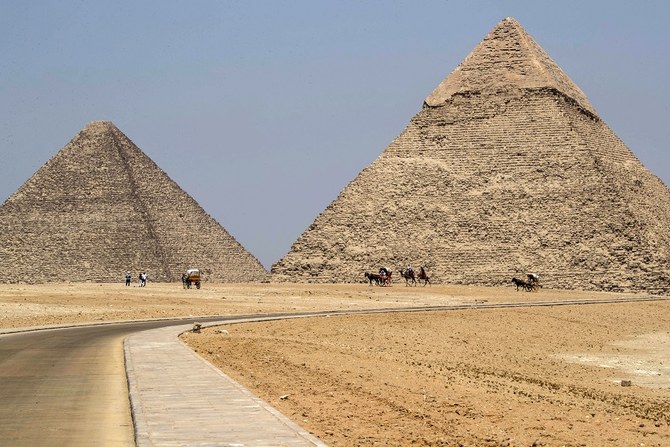The Economic Vulnerability Index of the European Investment Bank (EIB) said countries that rely highly on tourism are more prone to an economic downturn amid the COVID-19 pandemic. The EIB index measures the vulnerability in countries outside the European Union.
Both the pandemic and curfews imposed to contain the disease have effectively wiped out tourism in many countries. A global recession will like hit tourist revenues after restrictions have been gradually lifted, the report said.
“Half of the low-income countries and 25 percent of middle-income countries experience the highest risk of COVID-19 outbreak, while 56 percent of high-income countries face an intermediate level of risk, along with 63 percent of middle-income economies and half of the poorest countries, according to the EIB’s index results,” the report said.






















